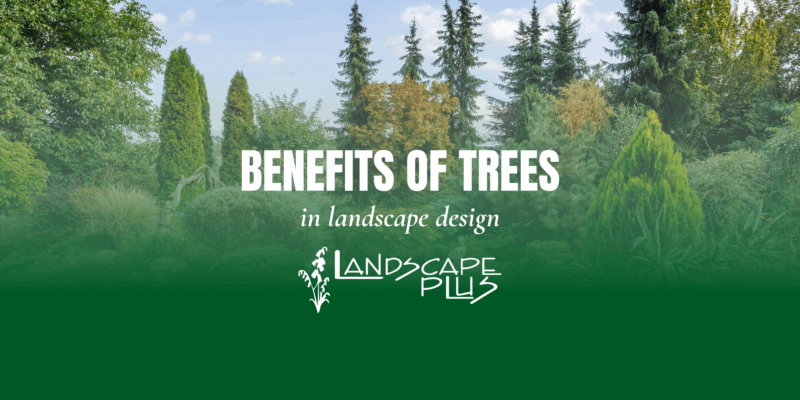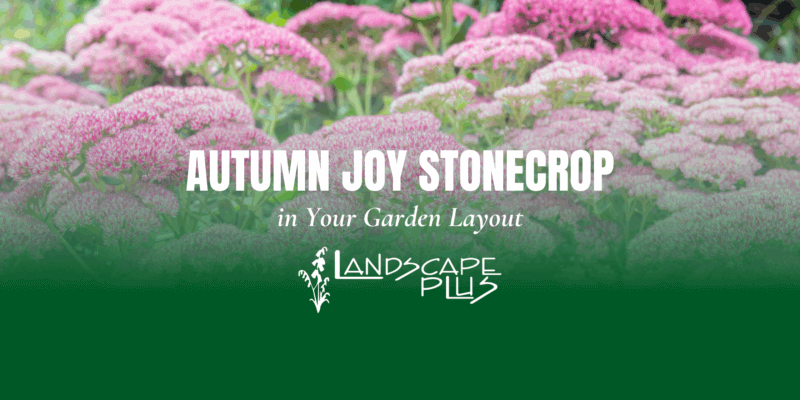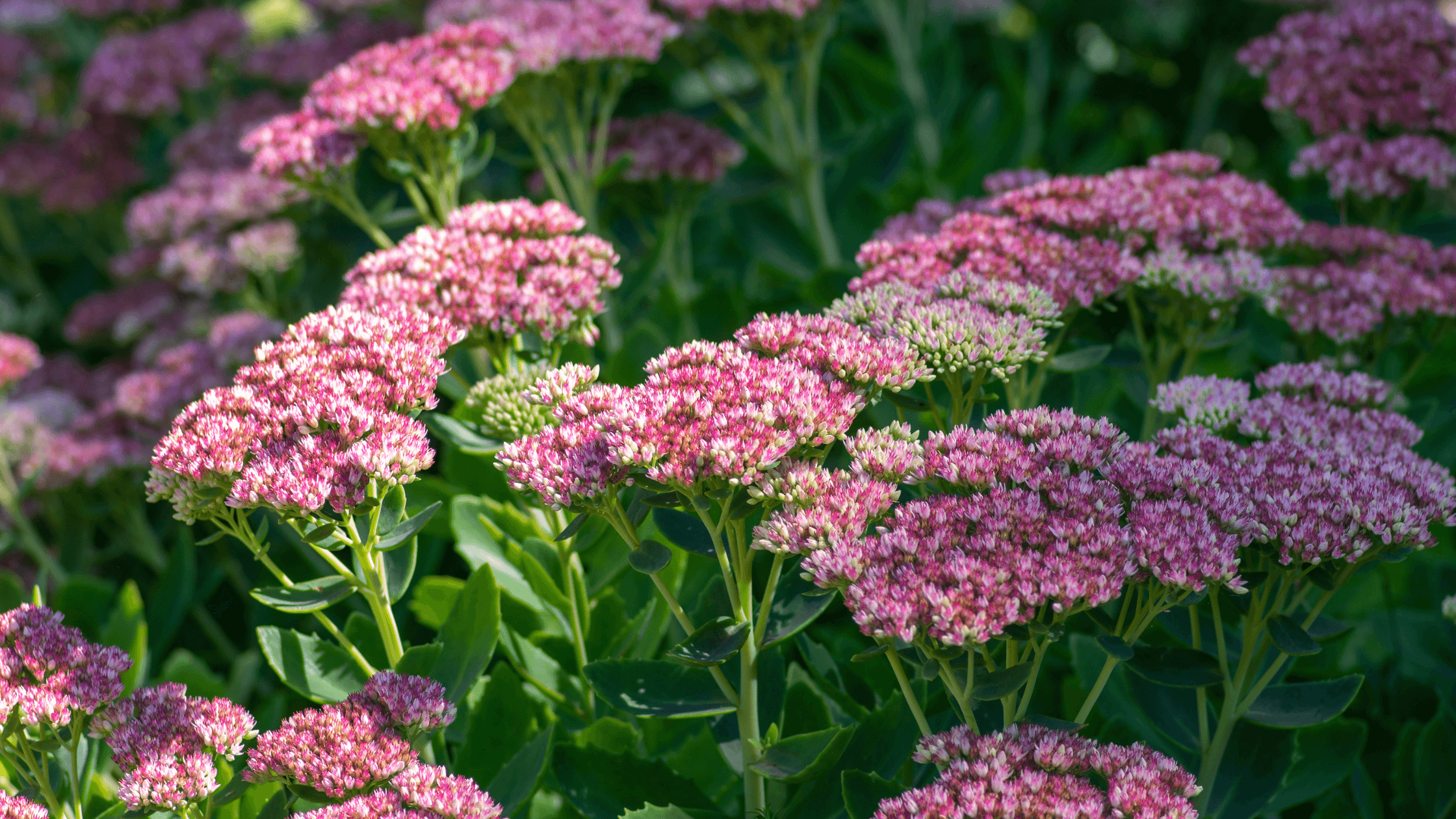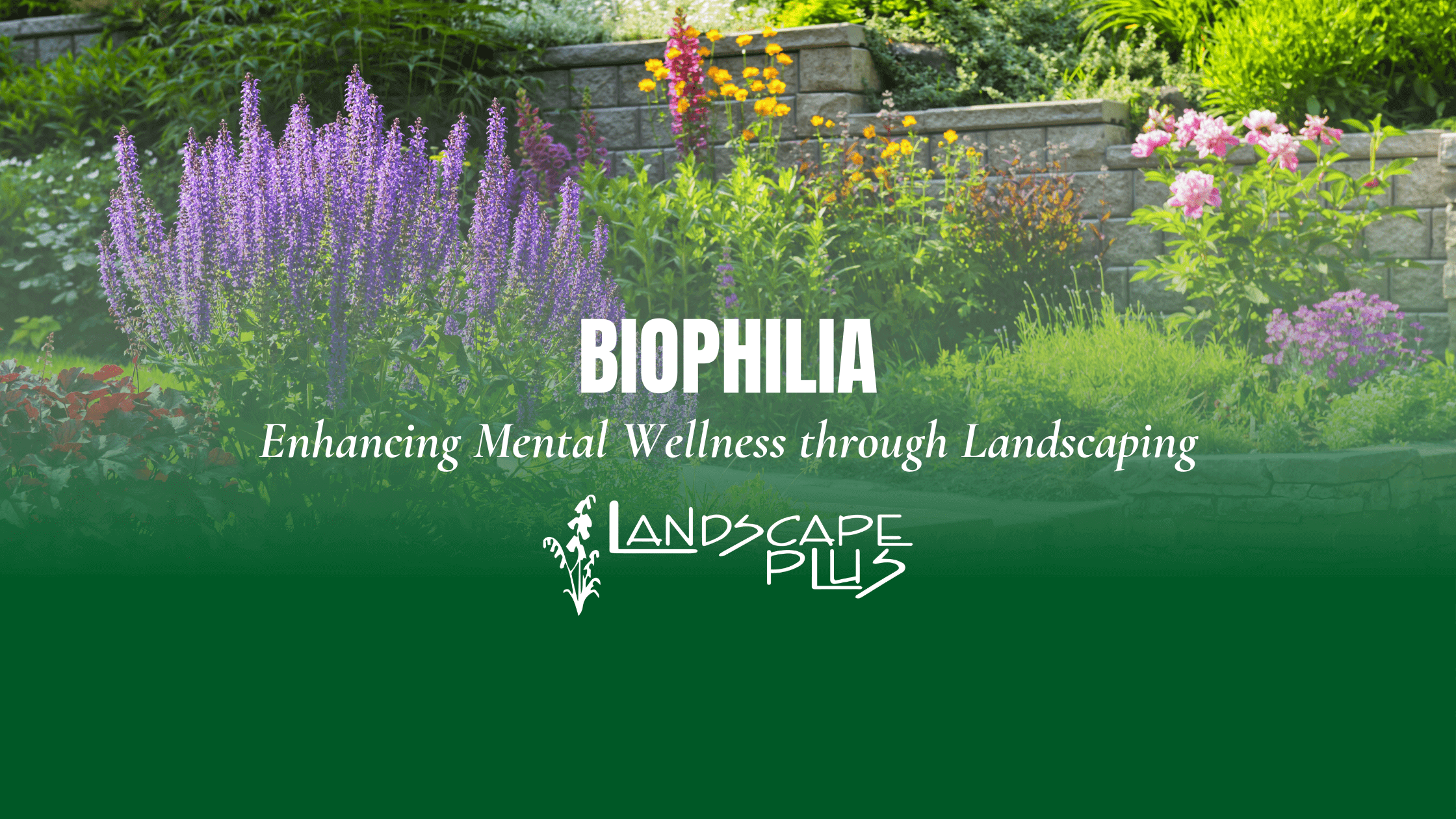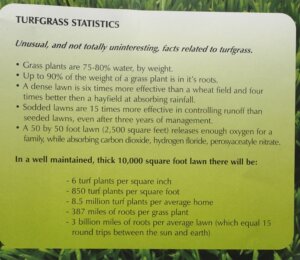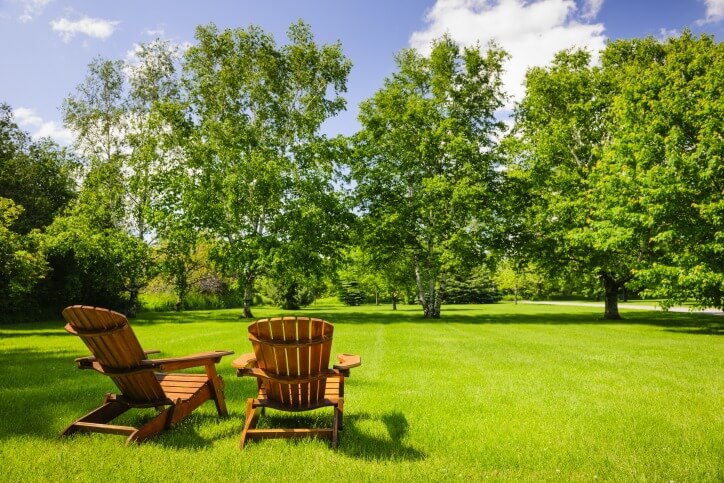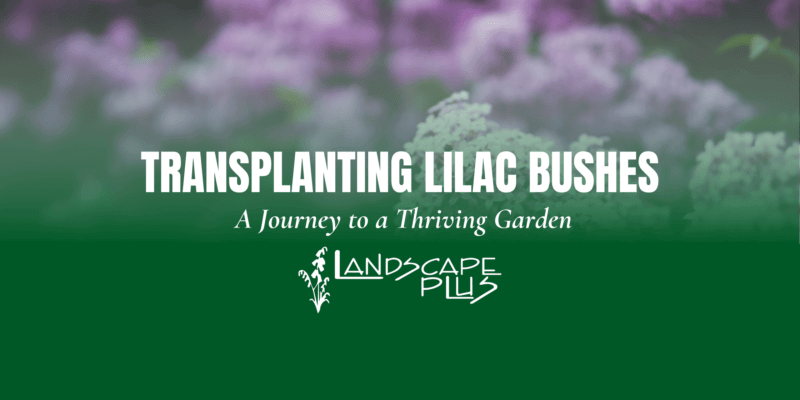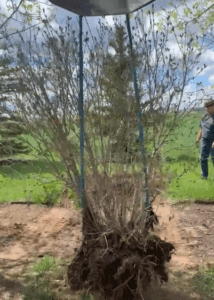When it comes to landscaping, the benefits of trees go far beyond aesthetics—they’re powerful assets that support your home and lifestyle.
Economic Benefits of Trees
Trees can do a lot more than boost curb appeal—they can actually lower your utility bills. A well-designed landscape that includes strategic tree placement can reduce your air conditioning costs by up to 30% and save 10–50% on heating.
By shading your air conditioning unit with trees, you’ll keep it cooler, which makes it more efficient and uses less energy. And don’t forget the power of mulch, adding it around your trees helps conserve water, suppress weeds, and feed the soil, all of which protect your investment and reduce maintenance over time.
Comfort & Climate Control
Trees are natural temperature regulators. In fact, they can reduce the surrounding air temperature by approximately 5°C, and the shaded areas beneath them can be up to 14°C cooler than the surrounding air. This makes a huge difference on hot summer days!
Shade from trees on driveways and patios can also reduce the surface temperature of pavement, creating a more comfortable outdoor environment.
Not only do trees cool the air, they absorb noise, offering a peaceful outdoor space. Planting deciduous trees on the south and west sides of your home provides summer shade and winter sunlight, while evergreens offer year-round wind protection, a perfect balance for Alberta’s shifting seasons.
Did you know? On a hot day grass lowers the air temperature whereas asphalt increases it.
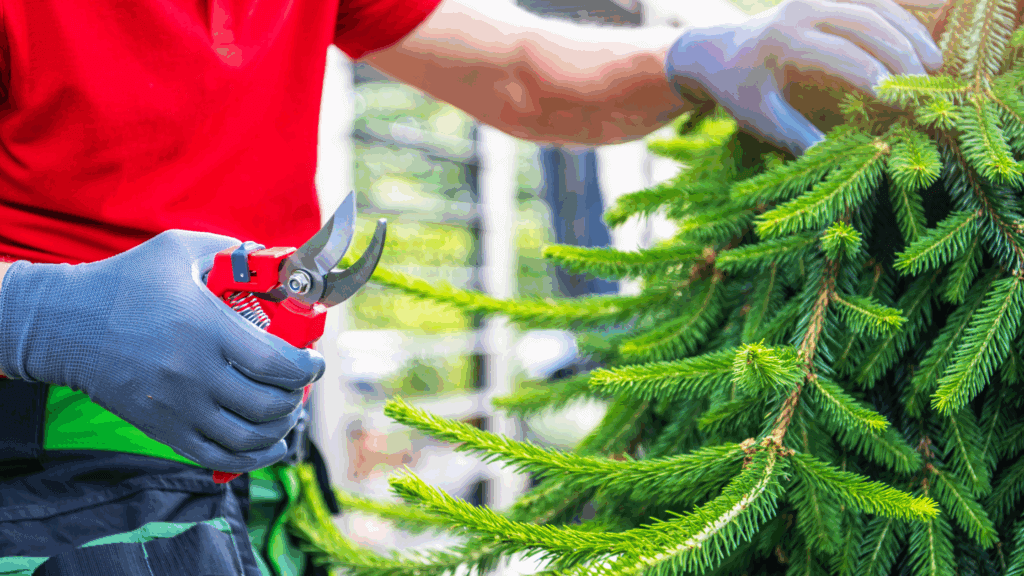
Health & Well-Being
Trees don’t just help your home. they help you, too. Two mature trees can generate enough daily oxygen for a family of four, and just one mature tree can absorb up to 150 kilograms of pollution per year.
But the benefits go deeper: time spent around trees and green spaces has been shown to reduce blood pressure, ease muscle tension, and lower stress. A thoughtfully designed yard invites you outside more often—encouraging better health and stronger connections with nature.
At Landscape Plus, we believe your landscape should do more than look good, it should work for you. From comfort and savings to supporting your health and well-being, we design spaces that make life better, every season of the year.
Want expert tips, seasonal reminders, and advice sent straight to your inbox?
Sign up for the Landscape Plus Newsletter and grow your yard knowledge with us!

